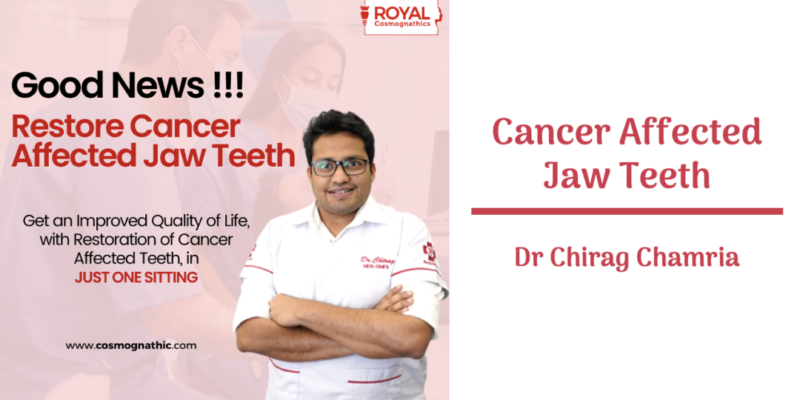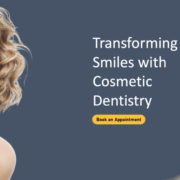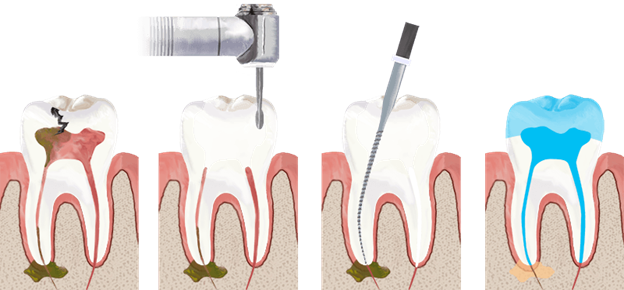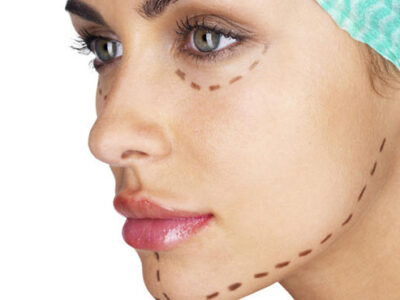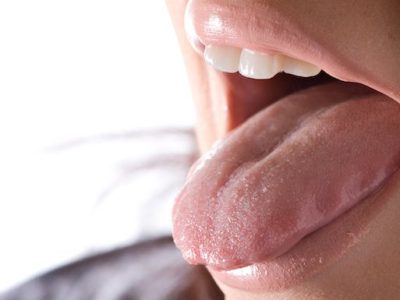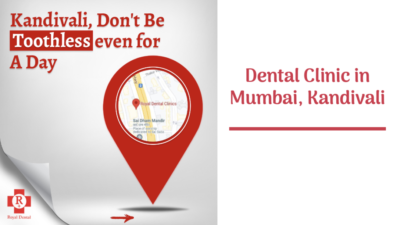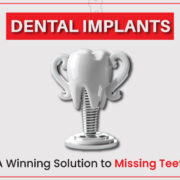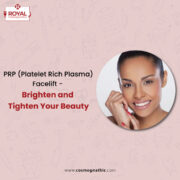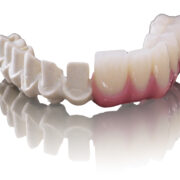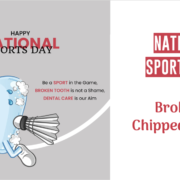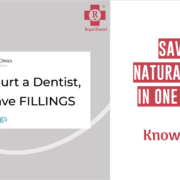A variety of techniques are included in dental rehabilitation with the goal of regaining oral health, function, and appearance of the teeth. Dental rehabilitation is essential to raising your standard of living, whether it is for treating tooth loss, resolving bite problems, or just making your smile look better. We’ll explore the many forms and processes of dental rehabilitation in this blog. Every dental procedure, such as crowns, bridges, and dentures, has a distinct function in restoring the health of your mouth.
What Is Dental Rehabilitation?
A complete strategy for improving the appearance, functionality, and health of the teeth, gums, and jaws is known as dental rehabilitation. It entails a variety of operations and therapies intended to address different dental problems, such as damage, decay, loss of teeth, misalignment, and impairment of function.
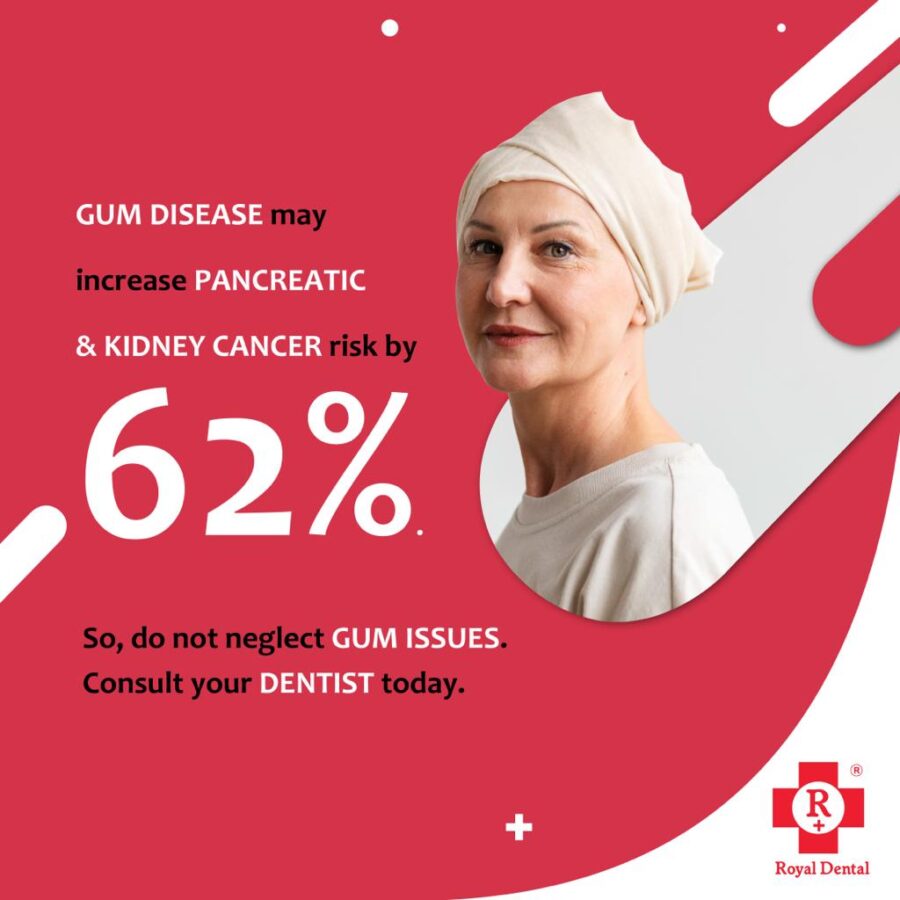
Dental rehabilitation aims to improve oral health, reestablish normal speaking and chewing abilities, improve the appearance of the smile, and increase general well-being. Depending on the unique demands of the patient, this procedure frequently calls for cooperation among several dental professionals, including prosthodontists, oral surgeons, periodontists, orthodontists, and general dentists.
Types of Dental Rehabilitation
Restorative Dentistry
- Fillings are used to repair cavities and restore damaged tooth structures using materials like composite resin, amalgam, or ceramic.
- Dental crowns are caps that cover a damaged or weakened tooth to restore its shape, strength, and function.
- Bridges are prosthetic devices that bridge the gap created by one or more missing teeth, anchored to adjacent teeth for support.
- Titanium posts are surgically implanted into the jawbone to replace missing tooth roots and support artificial teeth (crowns, bridges, or dentures).
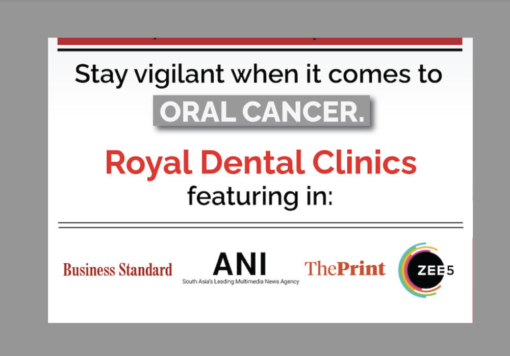
Cosmetic Dentistry
- Teeth Whitening procedures to lighten and brighten teeth, removing stains and discoloration for a more attractive smile.
- Veneers are thin shells of porcelain or composite resin bonded to the front surface of teeth to improve their appearance by altering color, shape, or size.
- Bonding is using tooth-colored composite resin to repair chips, gaps, or discoloration and improve tooth aesthetics.
Prosthodontics
- Dentures are removable prosthetic devices to replace missing teeth and restore oral function and appearance.
- Dental Bridges are fixed prosthetic devices that replace one or more missing teeth, anchored to adjacent natural teeth or implants.
- Implant-supported prostheses like dentures or bridges are supported by dental implants for increased stability and functionality.
Orthodontics
- Traditional metal or ceramic braces are used to correct misaligned teeth and bite issues gradually over time.
- Transparent, removable aligners (e.g., Invisalign) that straighten teeth without the need for metal brackets and wires.
Periodontal Therapy
- Deep cleaning procedures to remove plaque, tartar, and bacteria from below the gumline and smooth root surfaces to promote gum healing.
- Surgical procedures to repair receding gums by grafting tissue from another area of the mouth or using donor tissue.

Dental Rehabilitation Procedures
- In order to create fake tooth roots, titanium posts are surgically inserted into the mandible during dental implant surgery. Dental implants offer a reliable and long-lasting replacement for lost teeth by supporting crowns, bridges, or dentures.
- Custom-made crowns replace teeth that are weak or broken, giving them back their original strength, form, and functionality. Contrarily, bridges are prosthetic devices attached to nearby natural teeth or implants that fill the space left by missing teeth.
- Removable prosthetics called dentures are used to replace whole dental arches or several missing teeth. Taking impressions and personalizing the dentures are steps in the fitting procedure that guarantee a comfortable fit and best performance. To ensure optimal fit and operation over time, periodic modifications can be required.
- The treatment for infected or irritated tooth pulp is root canal therapy. The tooth is cleansed, disinfected, and sealed after the affected tissue is removed in order to stop the illness from spreading. Root canal therapy preserves and repairs damaged teeth, preventing their extraction.
- Overcrowding, biting disorders, misaligned teeth, and concerns with the alignment of the jaw are all treated with orthodontic procedures like braces or clear aligners. These procedures gradually realign teeth, enhancing their appearance and functionality.
- Scaling and root planing are two procedures used in periodontal therapy to get rid of germs, tartar, and plaque beneath the gum line and encourage gum healing. Gum grafts and other surgical techniques can also be used to treat receding gums and improve gum health.
What are the risks and complications of dental rehabilitation?
- After dental operations, especially those involving surgery or invasive treatments, there is a risk of infection.
- Temporary pain, discomfort, or sensitivity is common in patients, particularly following dental implant implantation or root canal therapy.
- Dental bonding chemicals and certain metals used in restorations or treatments might cause allergic responses in certain people.
- There is a small chance of harming neighboring teeth, blood vessels, or nerves when undergoing treatments like implant insertion or tooth extractions.
- Despite their high success rates, dental implants can fail for a variety of reasons, including poor osseointegration, infection, or bone loss.
- Gum recession or soft tissue injury may result from specific procedures, such as too vigorous teeth cleaning or inappropriate use of dental equipment.
- Numbness, tingling, or altered sensation in the mouth or face might result from a small chance of nerve injury during procedures on the teeth, gums, or jawbone.
- Sometimes, TMJ issues or jaw pain can be caused by orthodontic treatments or dental restorations that change the bite or alignment of the jaw.
How to care for your teeth after dental rehabilitation
- When Dr. Chirag Chamria gives you specific instructions following the procedure, pay close attention to them. The following may apply: nutrition, medication, follow-up appointments, and dental hygiene requirements.
- Soft-bristled toothbrushes and fluoride toothpaste should be used to brush your teeth at least twice a day. Every day, floss to get rid of food particles and plaque from your gum line and in the spaces between your teeth.
- Use a mouthwash that contains antimicrobials that your dentist has prescribed. In particular, following surgery or periodontal treatments, helps lower bacteria and prevent infections.
- Particularly in the moments following dental work, exercise caution when eating. Eat less of anything crunchy, hard, or sticky that can strain your restorations or teeth.
- Eat and drink less sugary and acidic meals and beverages as these might exacerbate tooth erosion and decay. Choose for fruits, vegetables, dairy products, and water as healthy snacks and beverages.
- To prevent damage to your teeth and restorations, wear a mouthguard or night guard if you grind your teeth at night or play contact sports.
- As advised by your dentist, make an appointment for and attend routine dental cleanings and examinations. Dr. Chamria can keep an eye on the state of your teeth and restorations during these visits and take quick action to treat any problems.
- To keep your mouth hydrated and salivary glands functioning properly and to keep your teeth free from decay, drink lots of water throughout the day.
Conclusion
To sum up, dental rehabilitation is the treatment of oral health, function, and appearance through a variety of techniques. The aesthetics of smiles and general health are greatly improved by dental implants, cosmetic dentistry, and orthodontic treatments, among other operations. For the best outcomes and long-term advantages to oral health, Dr. Chirag Chamria stresses the significance of individualized treatment regimens made to meet the needs of each patient. People may make educated decisions about their oral health and maintain a confident, healthy smile for years to come by being aware of the many forms and processes associated with dental rehabilitation.
In 1983, Dr. Arun Chamria started Royal Implant in India. Royal Implant has been a leader in the field for more than three decades, working to provide “dentistry with genuine smiles.” Our founders’ work on “Same Day Fixed Teeth,” “Immediate Loading of Implants,” and “Save Your Teeth” has earned us recognition on a global scale.

